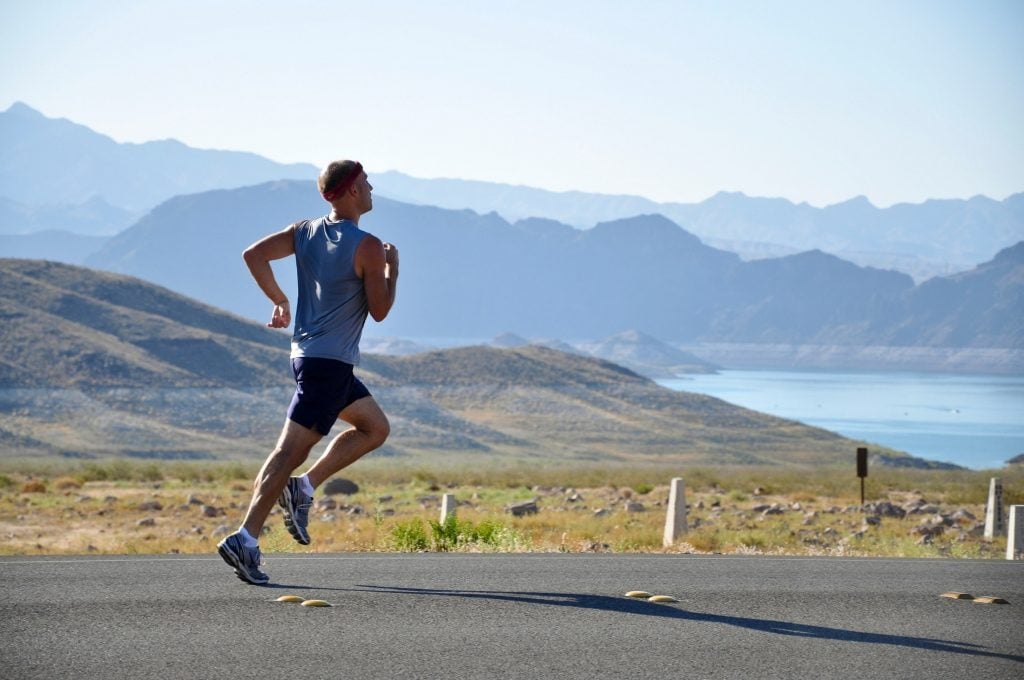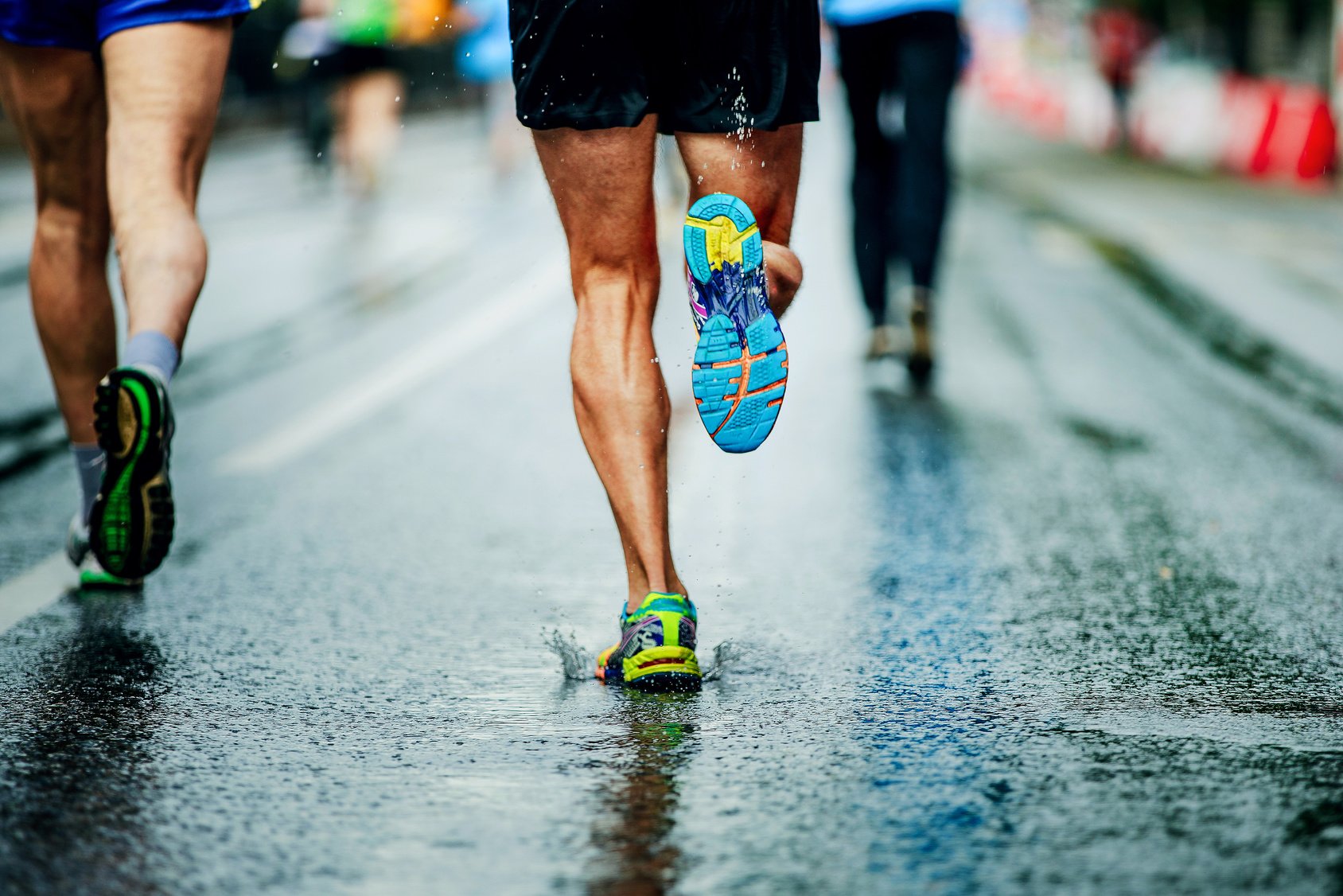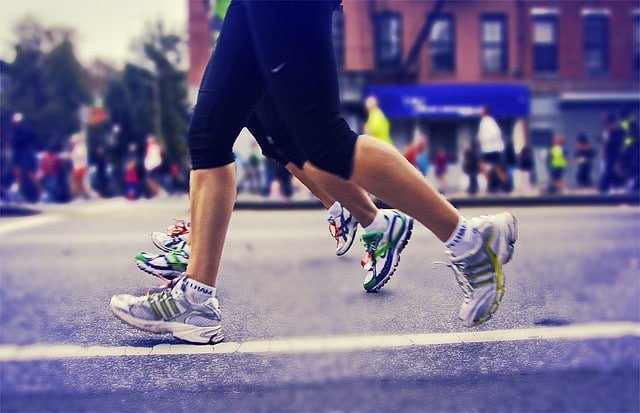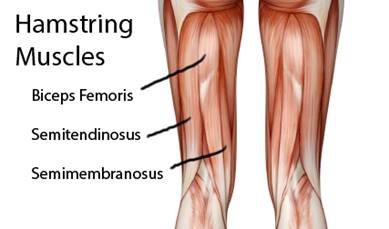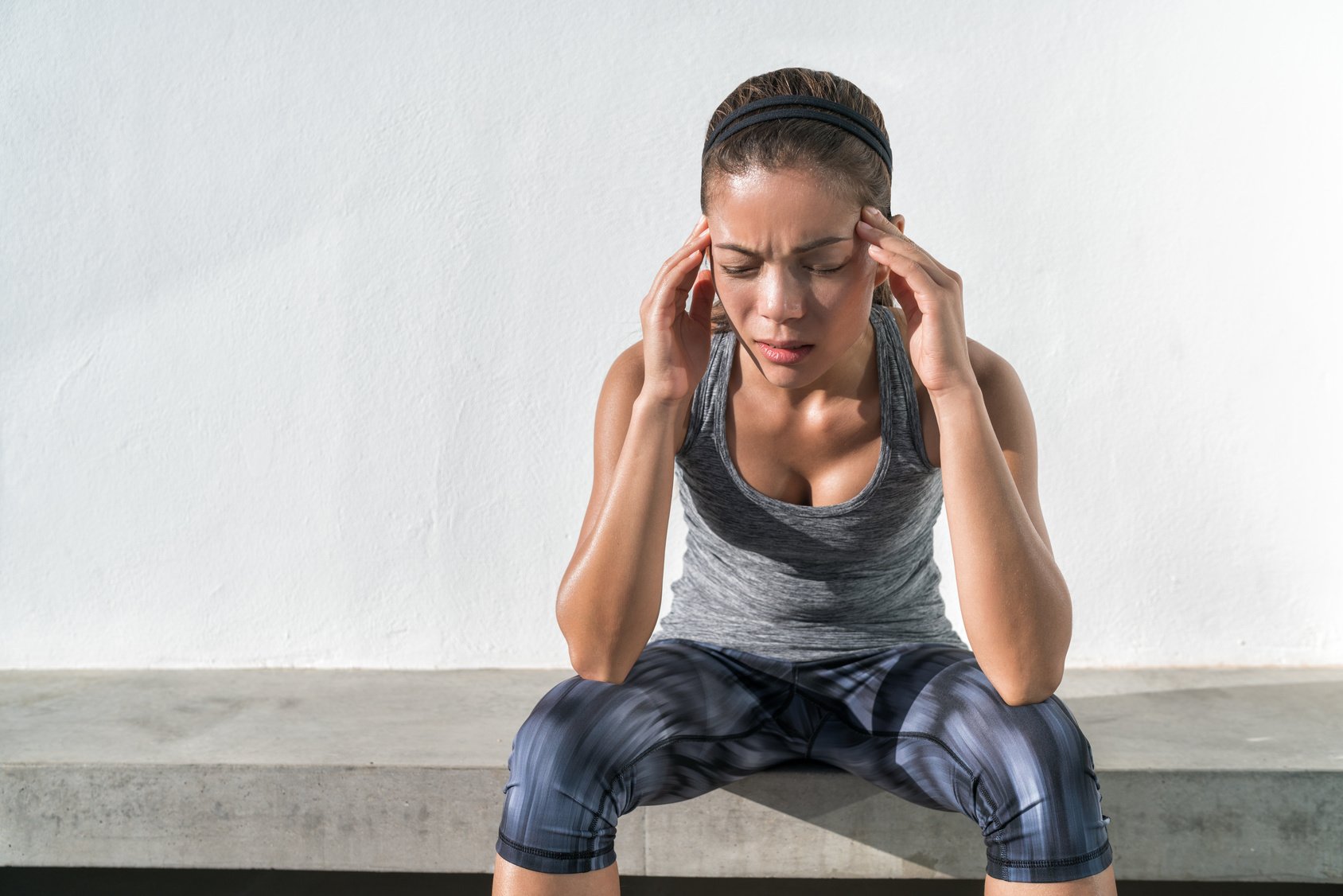Are you ready to dive into the world of the World Marathon Majors? Then you’re in the place.
In a world where more than 800 marathons happen every year, only six shine as brightly as the stars with the prestigious title of World Marathon Major. But let’s not just talk about titles; these six races are a celebration of human endurance, a showcase of grit and determination that pushes the limits of what we believe is possible.
Imagine this: from elite athletes to ambitious amateurs like me, these marathons draw thousands of runners who conquer the daunting 42.195 km through some of the most iconic city streets you can possibly imagine.
In today’s article, I’m diving deep into the Big 6. I’ll share with you the stories behind these marathons, from their storied pasts to their awe-inspiring routes.
Are you excited? I know I am. So, let’s set off on this incredible marathon journey together!
The Genesis of World Marathon Majors
The World Marathon Majors (WMM) is a series that marks a pivotal moment in the history of long-distance running. Initiated in 2006, it aimed to bring the sport of marathon running into the global spotlight, providing a competitive platform for the world’s elite runners across six of the most renowned and challenging marathons.
The Core Objectives
There are several core objectives of World Marathon Majors, including:
- To elevate the profile of marathon running by showcasing the elite competition among the world’s best male and female marathoners.
- To celebrate the unique characteristics and diversity of each marathon course, highlighting the cultural and historical significance of the host cities.
- To inspire runners of all levels around the globe, encouraging participation in marathon running and promoting a healthy and active lifestyle.
How Many World Majors Are There?
There are six prestigious races that comprise the World Marathon Majors, representing some of the most renowned and celebrated marathons globally. These consist of:
- Boston Marathon
- London Marathon
- Berlin Marathon
- Chicago Marathon
- New York City Marathon
- Tokyo Marathon
These six races are a magnet for over 30,000 runners each, from first-timers to the elites, all drawn by the chance to run in some of the world’s most vibrant cities. But there’s a catch—getting a bib isn’t easy. With demand sky-high, spots are gold dust, often distributed through lotteries, charity slots, and qualifying times, making entry a victory in itself.
And here’s where it gets even cooler: finish all six, and you’re not just a marathoner; you’re a Six Star Finisher. That’s right, you join the elite club of runners who’ve conquered the globe on foot, earning not just an epic medal but also endless bragging rights and a story for the ages.
Without further ado, let’s dive into event in greater details.

The Historic Boston Marathon
The Boston Marathon is not just one of the oldest annual marathons; it’s the oldest. Imagine a race so steeped in history, it takes you back to the very roots of marathon running. Born in 1897, just a year after the marathon’s revival at the 1896 Athens Olympics, Boston’s own has been a springtime staple, celebrated every third Monday in April, aligning with Patriots’ Day.
Breaking into this exclusive club was a man affair for a long time. Until 1966, it was a men-only event, until Roberta Gibb shattered that barrier, running incognito to finish in 3:21:40. Fast forward to 1972, and the gates officially opened for women, setting the stage for generations of fierce and inspiring female runners.
But what really sets the Boston Marathon apart? It’s the golden ticket of marathon running, thanks to its strict qualifying times. This isn’t just any race; it’s the marathoner’s Everest, requiring proof of your mettle in prior races, filtered by age and gender. The prestige of making the cut? Unmatched.
The course itself is a legend. Starting at Hopkinton State Park and snaking through picturesque New England towns, it offers a scenic yet brutal challenge, culminating in the infamous Heartbreak Hill. This isn’t just a race; it’s a narrative of hills, towns, and landmarks, each with its own story, from the Ashland Clock Tower to the Forever Young statue, paying homage to the indomitable spirit of Johnny Kelley, who crossed this marathon’s finish line 61 times.
Here are some facts about the Boston Marathon:
- Impressive Turnout: In 2022, the Boston Marathon had 30,000 runners, resembling a small town’s population participating in the event.
- Katherine Switzer’s Milestone: In 1967, Katherine Switzer became the first woman to run the Boston Marathon, leading to official female participation by 1972.
- Non-Official Records: The Boston Marathon’s course records are not officially recognized by the International Association of Athletics Federations (IAAF).
Course Records:
- Geoffrey Mutai (Kenya) set the men’s record in 2011 with a time of 2:03:02.
- Bezunesh Deba (Ethiopia) set the women’s record in 2014 with a time of 2:19:59.
- Marcel Hug (Switzerland) set the men’s wheelchair record in 2017 with a time of 1:18:03.
- Manuela Schar (Switzerland) set the women’s wheelchair record in 2019 with a time of 1:34:19.
World Records:
- Suh Yun-bok (Republic of Korea) set a world record in 1947 with a time of 2:25:39.
- Joan Benoit (USA) set a women’s world record in 1983 with a time of 2:22:43.
The London Marathon
The London Marathon is a masterpiece of marathon racing, combining a scenic route with a rich tapestry of history, charity, and vibrant energy.
This event isn’t just a race; it’s a dynamic journey through the very essence of London, offering more than just a finish line to cross.
From the moment you toe the line in Greenwich Park, with the Royal Observatory and the Prime Meridian Line as your backdrop, the adventure begins. The course takes you on a scenic tour of London, where each step brings you face-to-face with iconic landmarks.
The majestic Tower Bridge, the flowing River Thames, the Tower of London, the Shard, and the Cutty Sark not only enrich your run with breathtaking views but also whisper centuries of history with each mile.
The heart and soul of the London Marathon can be traced back to Chris Brasher, a gold medalist who, inspired by the communal and competitive spirit of the New York City Marathon, envisioned creating a race that would leave its own indelible mark on the world. His dream was not just about challenging the physical limits of the runners but also about weaving a deeper sense of community and philanthropy into the fabric of the marathon.
Here are some random facts about this marathon:
- 40,000 Runners Unite: In 2022, a staggering 40,000 runners took to the streets of London, creating a mesmerizing spectacle of human determination.
- The Elusive Race Bib: For non-UK residents, securing a race bib for the London Marathon is a challenging feat. The thrill of the chase adds to the adventure.
- A Global Fundraising Behemoth: The London Marathon proudly wears the crown of the world’s largest annual fundraising event. It’s not just a run; it’s a force for good, raising billions for causes that touch hearts worldwide.
- Record-Breaking Feats: Eliud Kipchoge’s lightning-fast 2:02:37 in 2019 set the men’s course record ablaze, while Paula Radcliffe’s blazing 2:15:25 in 2003 remains an emblem of women’s excellence.
The Berlin Marathon
The Berlin Marathon stands as a beacon of speed in the marathon world, renowned for its ability to produce record-breaking times. Its reputation as the fastest Marathon Major course is well-earned, with a flat and forgiving terrain that seems to whisper encouragement to every runner’s stride.
This marathon is a magnet for those looking to set personal bests, break world records, and turn their running dreams into reality.
Dubbed the speedster’s paradise, Berlin has witnessed the birth of 12 world records, making it a pivotal stage for historic running achievements.
The streets of Berlin have seen the likes of Eliud Kipchoge, who set an astonishing men’s world record of 2:01:09, showcasing the marathon as a battleground where time itself is the adversary. It’s the place where ambition meets pace, and where every kilometer can lead to a new record.
The marathon, celebrated on the last weekend of September, offers more than just a race; it’s a journey through Berlin’s storied past, starting and ending at the Brandenburg Gate, a symbol of unity.
Since its inception in 1974, initiated by Horst Milde, a local bakery owner, it has grown into a global phenomenon. The course serves as a living museum, passing landmarks like the Charlottenburg Palace, the Berlin Wall’s remnants, and the bustling Potsdamer Platz, blending historical gravitas with the exhilaration of the race.
Here are some random facts about this race:
- Men’s Course Record: Eliud Kipchoge, Kenya, 2022 (2:01:09)
- Women’s Course Record: Tigst Assefa, Ethiopia, 2022 (2:15:37)
- Men’s Wheelchair Course Record: Heinz Frei, Switzerland, 1997 (1:21:39)
- Women’s Wheelchair Course Record: Manuela Schar, Switzerland, 2018 (1:36:53)
Men’s World Records Set at Berlin Marathon:
- Eliud Kipchoge, Kenya, 2022 (2:01:09)
- Eliud Kipchoge, Kenya, 2018 (2:01:39)
- Dennis Kipruto Kimetto, Kenya, 2014 (2:02:57)
- Wilson Kipsang Kiprotich, Kenya, 2013 (2:03:23)
- Patrick Makau Musyoki, Kenya, 2011 (2:03:38)
- Haille Gebrselassie, Ethiopia, 2008 (2:03:59)
- Haille Gebrselassie, Ethiopia, 2007 (2:04:26)
- Paul Tergat, Kenya, 2003 (2:04:55)
- Ronaldo da Costa, Brazil, 1998 (2:06:05)
Women’s World Records Set at Berlin Marathon:
- Takahashi Naoko, Japan, 2001 (2:19:46)
- Tegla Loroupe, Kenya, 1999 (2:20:43)
- Christa Vahlensieck, West Germany, 1977 (2:34:48)
Number of Runners (2022): 40,000 participants took part in this grand event.
The Chicago Marathon
Nestled within the rich mosaic of marathon lore, the Chicago Marathon shines brightly as a beacon of endurance and celebration. Originating in its present form in 1977 with just 4,200 participants, it has blossomed into a colossal event, drawing nearly 40,000 runners from across the globe to the heart of the Windy City.
This isn’t merely a race; it’s a monumental 42.195 km journey that both starts and concludes in the scenic Grant Park, encapsulating the essence of Chicago in every stride.
This marathon offers an unparalleled sightseeing tour, weaving through historic districts, serene parks, and along the shores of Lake Michigan, immersing runners in the diverse beauty of the city.
Beyond the personal achievements of the runners, the Chicago Marathon serves as a vital heartbeat for the city, energizing the local economy and community. Spectators line the streets, creating a festive atmosphere that echoes the city’s welcoming nature and vibrant spirit.
Speed is another hallmark of the Chicago course, akin to its counterparts in Berlin and London. The flat terrain has been the stage for record-breaking performances, most notably Brigid Kosgei’s astonishing world record in 2019.
Such feats underscore the marathon’s potential for athletes to push beyond their limits and etch their names into the annals of running history.
Yet, Chicago’s unpredictable winds add a unique challenge, living up to its “Windy City” nickname. The flat course, while favorable for fast times, offers no shelter from the capricious elements, adding a thrilling layer of complexity to the race.
Here some facts about the Chicago marathon:
- 40,000 runners participated in the 2022 Chicago Marathon.
- The Chicago Marathon’s “modern” version, as we know it today, began officially in 1977, and the 2017 edition marked its 40th anniversary.
- The event boasts an estimated 1.7 million on-course spectators.
- Official website: www.chicagomarathon.com
Course Records: 5. Men’s Course Record: Dennis Kimetto, Kenya, 2013 (2:03:45)
- Women’s Course Record: Brigid Kosgei, Kenya, 2019 (2:14:04)
- Men’s Wheelchair Course Record: Heinz Frei, Switzerland, 2010 (1:26:56)
- Women’s Wheelchair Course Record: Tatyana McFadden, USA, 2017 (1:39:15)
World Records: 9. Men’s World Records Set at the Chicago Marathon:
- Khalid Khannouchi, Morocco, 1999 (2:05:42)
- Steve Jones, Great Britain, 1984 (2:08:05)
- Women’s World Records Set at the Chicago Marathon:
- Brigid Kosgei, Kenya, 2019 (2:14:04)
- Paula Radcliffe, Great Britain, 2002 (2:17:17)
- Catherine Ndereba, Kenya, 2001 (2:18:47)
The New York City Marathon
The New York City Marathon stands as the crown jewel of urban marathons, a testament to the scale and spirit of marathon running on a global stage.
From its modest inception in 1970, with just 127 competitors braving the start and only 55 crossing the finish line, to the breathtaking spectacle of 50,000 runners taking to the streets in recent years, this marathon has evolved into an unparalleled celebration of endurance, diversity, and unity.
Gary Muhrcke’s victory in the inaugural race set the stage for what would become a marathon like no other, a tradition further enriched when Anne Beth Bonner shattered the female world record just a year later.
This isn’t just a race; it’s a dynamic narrative of progress and passion, woven into the very fabric of New York City.
The course itself is a marvel, offering a panoramic tour of New York’s vibrant boroughs – Staten Island, Brooklyn, Queens, the Bronx, and Manhattan.
Each segment of the race unfolds against a backdrop of iconic landmarks and diverse neighborhoods, starting from the majestic Verrazzano-Narrows Bridge, winding through the streets, and culminating in the lush expanse of Central Park. The journey is not just about the physical distance but about experiencing the heartbeat of the city from a runner’s vantage point.
Here are some random facts about this marathon:
- 47,000 runners participated in the 2022 New York City Marathon.
- The initial route of the New York City Marathon was modified to run through the 5 “boroughs” of the city: Manhattan, Brooklyn, Queens, Bronx, and Staten Island.
- Since its creation in 1970, there has only been one year in which it could not be held: 2012, due to Hurricane Sandy.
Course Records: 4. Men’s Course Record: Geoffrey Mutai, Kenya, 2011 (2:05:06)
- Women’s Course Record: Margaret Okayo, Kenya, 2003 (2:22:31)
- Men’s Wheelchair Course Record: Marcel Hug, Switzerland, 2022 (1:25:26)
- Women’s Wheelchair Course Record: Susannah Scaroni, USA, 2022 (1:42:43)
World Records: Women’s World Records Set at the New York City Marathon:
- Grete Waitz, Norway, 1980 (2:25:42)
- Grete Waitz, Norway, 1979 (2:27:33)
- Grete Waitz, Norway, 1978 (2:32:30)
- Beth Bonner, USA, 1971 (2:55:22)
Number of Runners (2022): 9. 47,000 participants joined the New York City Marathon in 2022.
The Tokyo Marathon
The Tokyo Marathon, a vibrant fusion of Tokyo’s ancient traditions and its futuristic skyline, holds a unique allure among the global running community. Since its inception in 2007, it quickly ascended to the ranks of the World Marathon Majors by 2012, a testament to its exceptional organization and the rich cultural experience it offers.
Despite being the youngest member of this elite group, the Tokyo Marathon has etched a significant mark on the world stage, drawing participants and spectators from every corner of the globe.
Envision the scene on the first Sunday in March: a diverse throng of runners converges in Tokyo, united by a shared passion and the anticipation of a race that bridges time — from the historic to the hyper-modern.
The marathon commences at the Tokyo Metropolitan Government Building in Shinjuku, a towering testament to the city’s architectural advancements, setting the stage for a race that is as much a cultural journey as it is a physical challenge.
The course itself unfolds like a tapestry of Tokyo’s multifaceted personality. Participants navigate through the city’s eclectic neighborhoods, each offering a glimpse into the distinct character that defines them.
From the bustling streets of Shinjuku to the iconic Tokyo Tower and the tranquil beauty of the Asakusa district with its venerable Senso-ji Temple, runners are treated to a visual feast that encapsulates the essence of Tokyo’s rich history and its leap into the future.
Here are some facts about this marathon:
Tokyo Marathon in Numbers:
- Men’s Course Record: Eliud Kipchoge, Kenya, 2022 (2:02:40)
- Women’s Course Record: Brigid Kosgei, Kenya, 2022 (2:16:02)
- Men’s Wheelchair Course Record: Suzuki Tomoki, Japan, 2020 (1:21:52)
- Women’s Wheelchair Course Record: Kina Tsubasa, Japan, 2020 (1:40:00)
Number of Runners (2023): 5. 38,000 runners participated in the 2023 Tokyo Marathon.
Will there Be A 7Th Major Marathon?
While the answer is still awaiting confirmation, The Sydney Marathon has thrown its hat into the ring as a candidate race for the prestigious Abbott World Marathon Majors. If successful, it would mark a significant milestone as the first marathon in Oceania to join this elite club.
But Sydney isn’t alone in this pursuit. Two other marathon events, South Africa’s Sanlam Cape Town Marathon and China’s Chengdu Marathon, are also vying for that coveted seventh spot. Cape Town would make history as the first major marathon in Africa, while Sydney would represent Oceania. And let’s not forget Chengdu; its inclusion would be a major win for Asia.
However, earning a place on this exclusive list is no easy feat. These cities must undergo a rigorous 3-year evaluation process, ensuring that they meet the high standards and criteria set by the Abbott World Marathon Majors.



